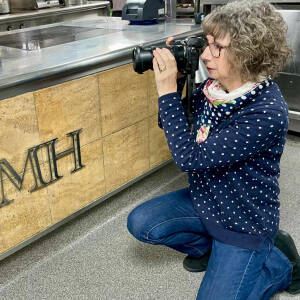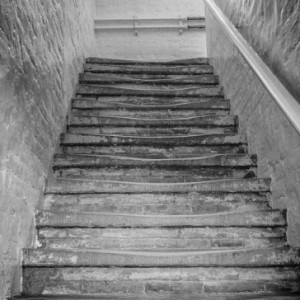Gressenhall Workhouse (and Museum of Rural Life)
Today, M, B and I visited the Mitford & Launditch House of Industry, built in 1777. This organization, which was run by a group of ‘Guardians’ provided food, shelter, clothing and jobs for the poor, before being re-designed as a workhouse. It is the only remaining workhouse in Norfolk. Few survive in England, I believe there is also one in Nottingham, that is owned by the National Trust.
The guide who took us around the site and museum was extremely knowledgeable and painted a real picture of what life was like for the inhabitants.
The institution was changed to a ‘Workhouse’ in 1836 following the introduction of the ‘Poor Law’. This changed life drastically for the residents. Families had previously been able to live together but were now segregated into adult males and females (the same for children) as soon as they arrived and were only allowed to see each other for one hour every Sunday. The food rations were reduced, they were no longer paid for their work, the idea being to make the place unappealing, so that only the very poorest people would apply.
The area we were shown by John, our guide, which affected me most, was the orchard. This area was the burial ground and was used between 1785 (when it was consecrated by the Bishop of Norwich) until 1900. None of the graves are marked and it is not known how many men, women and children are buried here. One of the coffins used still survives, and one side has hinges so that the body can be slid into the burial plot and the coffin reused. We were assured that each burial was conducted in a dignified manner. Life was certainly hard if you were poor.
My main blip is of the bronze statues of the ‘High’ Family which stands outside the Workhouse. They had seven children and when Mrs High died, and her husband was unable to bring up the children, they all had to go the House of Industry. Inside they have marked out the area comprising two tiny rooms that is the exact size of the space they occupied (during the time when families were housed together), the combined space was probably smaller than our kitchen, with only one tiny bed, the other family members had to sleep on the floor.
The extra shows the steps that the boys used daily when it was a workhouse, you can clearly see the worn stone after being stepped on by so many feet over the years.
The workhouse was in use as late as 1948, when its use was changed to a home for the elderly, before being acquired as a museum in the 1970s. A fascinating place.


Comments
Sign in or get an account to comment.


